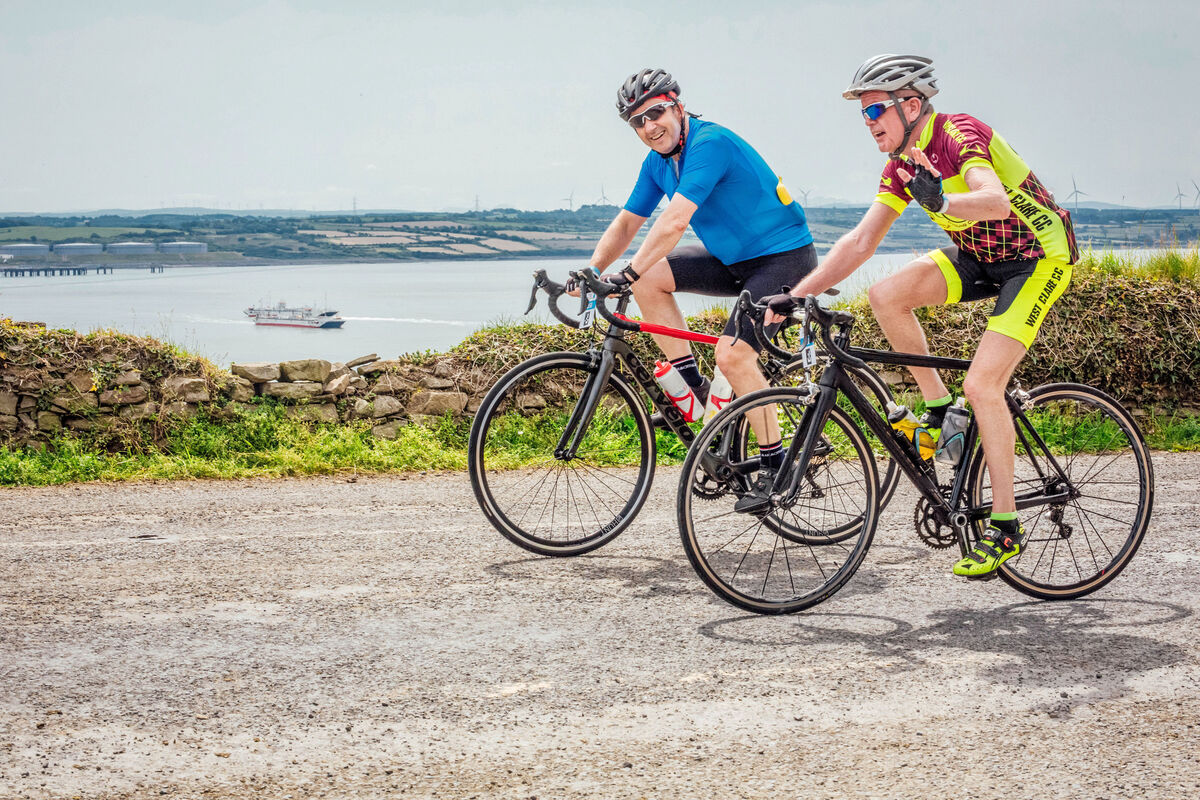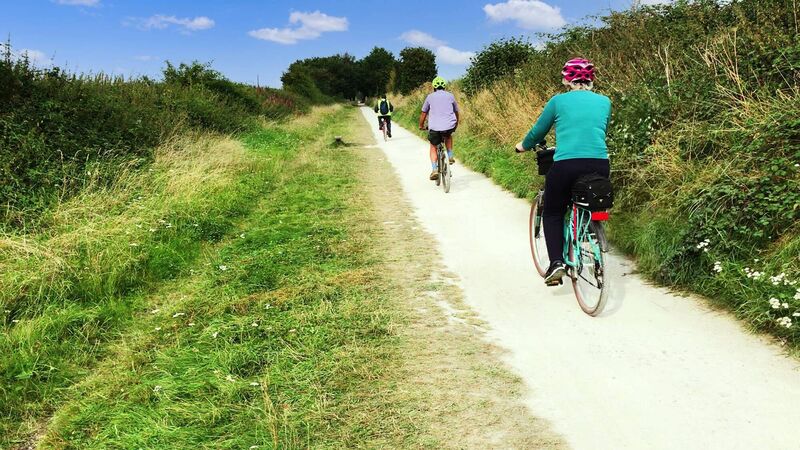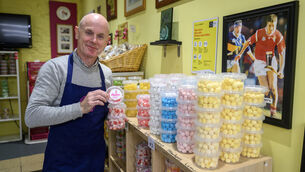A few months ago, I sat in a room with a senior politician from a large political party in Ireland. I had an hour to speak about how to make cycling safer and more attractive in Cork city, in the context of climate action. I rattled off some ideas, the politician listened attentively and when I finished, he said something along the lines of “most of these ideas would not go down well with the electorate.”
That politician was both right and wrong. There’s ample evidence that people want safer cycling conditions in many areas in Ireland. The ‘Bike Life Dublin’ report issued by the National Transport Authority in 2020 found strong support for a wide range of safe cycling measures. That said, anyone who follows the news in Ireland will be well aware that many cycle, pedestrian, and even traffic calming measures have been vehemently opposed by a range of business groups, shop owners, residents, and others.
Some cycling projects that seem timid to me somehow manage to make national news. A plan to upgrade an existing cycle lane in Howth outside a church managed to find its way into The Irish Times on several occasions this year. For a while, I wondered if the Supreme Court was poised to deliberate on whether the “right to worship”, as the paper called it, superseded "the right to cycle."
How have we found ourselves in a situation whereby people want safer cycling conditions, but specific plans are routinely objected to? The reasons for this are complex and varied. What we do know however, is that very little is being done to address this issue and it’s a major risk to people who cycle safe, and deters new people from cycling. What if we did just three things differently? Would this help get more projects to the construction stage? Here’s what we need to do.
Marketing
It’s crazy that multi-million-euro projects for walking and cycling are communicated so poorly. We need to appreciate that the challenges these projects face are not in the engineering realm but rather in the emotional realm. Publishing a map that requires x-ray vision to read is not the best way to get people excited about a project. Equally, putting a word doc on your website with language as dry as Weetabix isn’t going to help inform people as to the benefits of a cycling project. Why not spend 10% of the project on communications? Make it engaging and creative. Get people motivated.
Ownership
It’s not good enough in my book for a local authority to publish a new cycle project and then hide behind the curtains for a few months.
Councils need to be in the community and in the media to ensure they don’t lose the initiative or end up on the back foot. We know that cycle paths, greenways, and 30kph roads don’t herald the arrival of the apocalypse, and yet every time there’s a new plan, people rush in to comment that the plans will ruin the area, or lead to localised economic meltdown. Councillors are uniquely poised to take on the role of educators-in-chief as the link between communities and council officials.

Cian Ginty is the editor for online publication IrishCycle.com, and organises study tours to Dutch cities for Irish councillors, council officials, and stakeholders. These trips are of vital importance, he says, to show local councillors that cycle paths can help create vibrant urban areas.
Radical honesty
I’m disappointed when new cycle lanes are voted down or when safe overtaking laws are delayed. Elected officials are completely within their rights to vote down new plans/laws but equally, they should be honest with people as to the opportunity costs.
I see too many councillors walk away gleefully when cycle plans are voted down, but this is not a cause for celebration. I want these same councillors to be the ones to walk into the local primary school and tell the children why the roads must remain dangerous. I want them to visit the grieving families of people who have died on the roads. We need people to be honest about what dangerous roads mean: death, injury, and disease.
‘Saving’ parking, ‘keeping’ two-way traffic, or ‘giving’ people permission to drive vehicles at high speeds, all comes at a cost. That cost is paid by people like me who cycle to keep fit, or to do their bit for the environment, or because they can’t afford not to, or are not permitted to drive.
We pay in the currency of fear, intimidation, and risk to life or limb.
The money is on the table to make cycling safer. The solutions are well documented. We just need people with skills, expertise, and compassion.

Unlimited access. Half the price.
Try unlimited access from only €1.50 a week
Already a subscriber? Sign in
CONNECT WITH US TODAY
Be the first to know the latest news and updates







